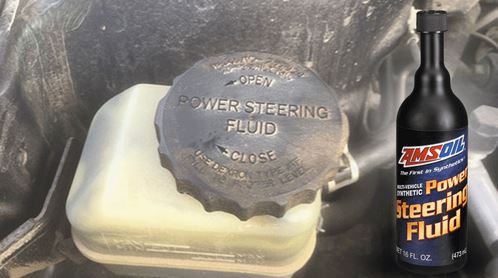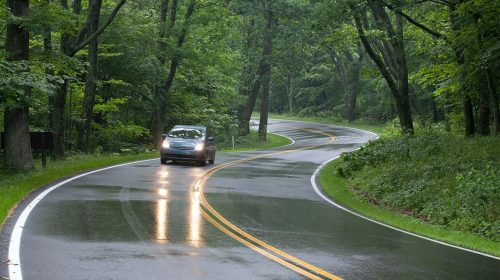August is the summer road trip month! Grease up! Get that car ready Driving is part of the fun! Not the repairs and credit card charges. A summer road trip should bring good memories, not car trouble. by Brad August 2024 Alright, lets get down to the nitty gritty!! Tools, spare parts and maybe some […]
You are browsing archives for
Tag: brakes
Mechanicals 101 – What is Antilock Brake
What Exactly is Antilock Brakes in a Car? ABS stands for Antilock Braking System (antilock brakes). This system prevents your brakes from locking up, providing better control while braking. by Mr. Nelson | January 27, 2022 Antilock Braking System Overview ABS brakes do what the name implies – they keep your brakes from locking up […]
New AMSOIL Brake Fluid and Brake & Parts
New AMSOIL Brake Fluid and Brake & Parts Performance and Reliability New DOT 3 & 4 Synthetic Brake Fluid (BFLV), DOMINATOR® DOT 4 Synthetic Racing Brake Fluid (BFR) and Brake & Parts Cleaner (BPC) help boost the performance, safety and reliability of brake systems. AMSOIL DOT 3 & 4 Synthetic Brake Fluid, AMSOIL DOMINATOR […]


